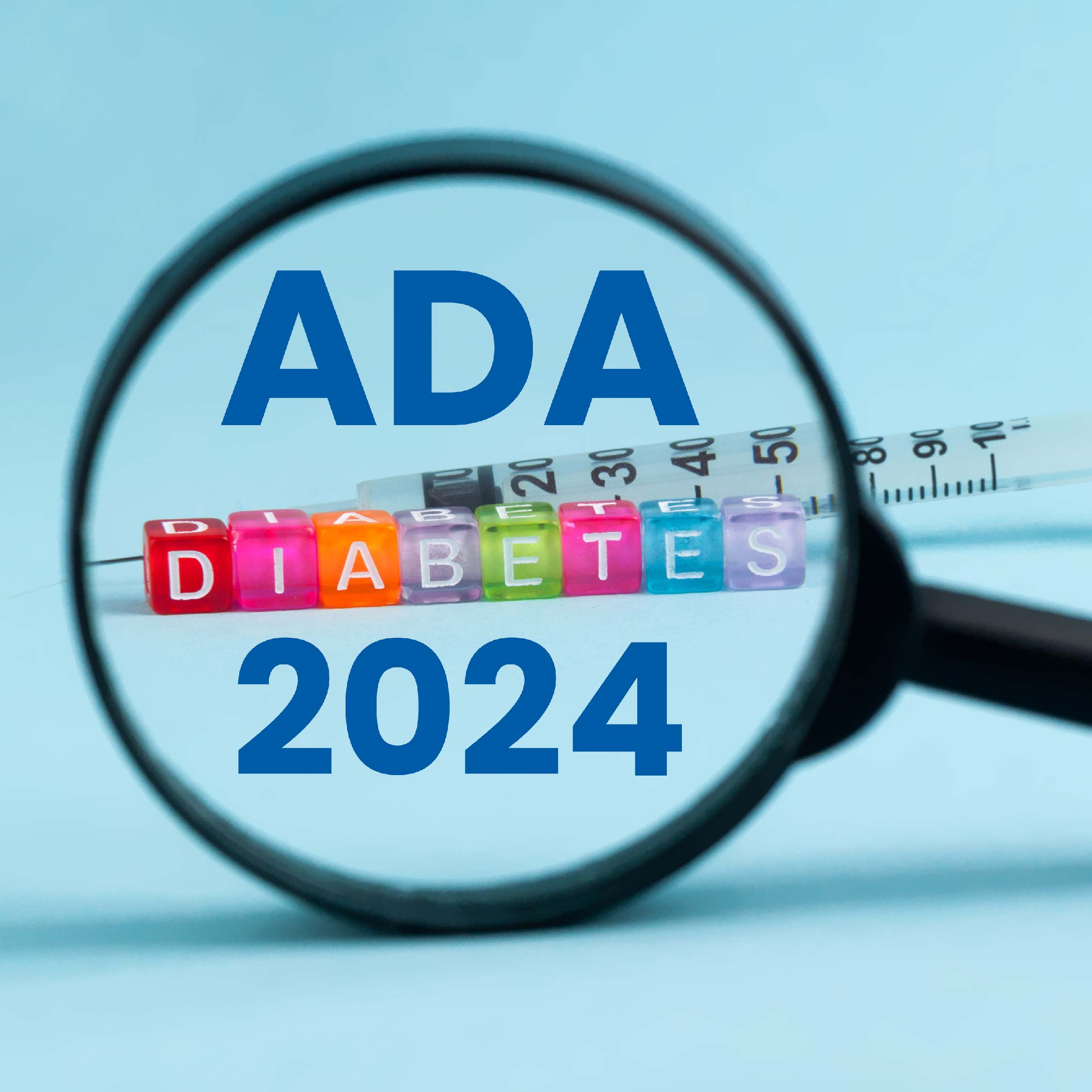ADA 2024: Increased Triglyceride Levels are Associated with a Distinct Lipid-Associated Protein Biomarker Profile of Diabetic Foot Ulcers
Ill-defined risk factors and clinical heterogeneity are the primary challenges while formulating medical regimen for people with diabetic foot ulcers (DFU).
In this study, the researchers conducted proteomic profile of newly detected DFUs in people with type 1 diabetes (T1D) and type 2 diabetes (T2D). The ulcer tissue swaps of the enrolled participants were collected during first observation. A total of 112 enrolled participants were classified into three groups based on the healing time of their ulcers: fast healing (FH, <40 days), slow healing (SH, >40 days; <6 months), and chronic non-healing (CH, >6 months). Six months of follow up data of the participants were obtained from the electronic patient register. Untargeted proteomics and MaxQuant tools were employed to analyse the proteins profiles of ulcer tissue swaps.
The results reveal that CH had significantly higher triglyceride levels (2.5 mmol/L) than FH (1.7 mmol/L, p=0.013). Amongst a total of 223 proteins, 46 were found to be highly correlated with plasma lipid and lipoprotein abnormalities. Moreover, 28 multiple and overlapping pathways were associated with chylomicrons lipoprotein particle remodelling (>100-fold-enrichment, p<0.0001).The dyslipidemia profile in CH vs. FH showed 0.7-fold downregulation of HDL-controlling apolipoproteins family members apoA2, 4 and 1.4-fold upregulation of both apoC1-3 involved in triglyceride-rich lipoproteins and the principal cholesterol carrier Apo-E.
The results indicate that in wound tissue, chronic wound phenotype show consistent changes in lipoprotein profile. However, further research using multiomics approaches would be needed to confirm these observations before applying them to regular clinical setting.
129-OR: American Diabetes Association (ADA) 84th Scientific Sessions, 2024, 21- 24 June 2024, Orlando, Florida.



